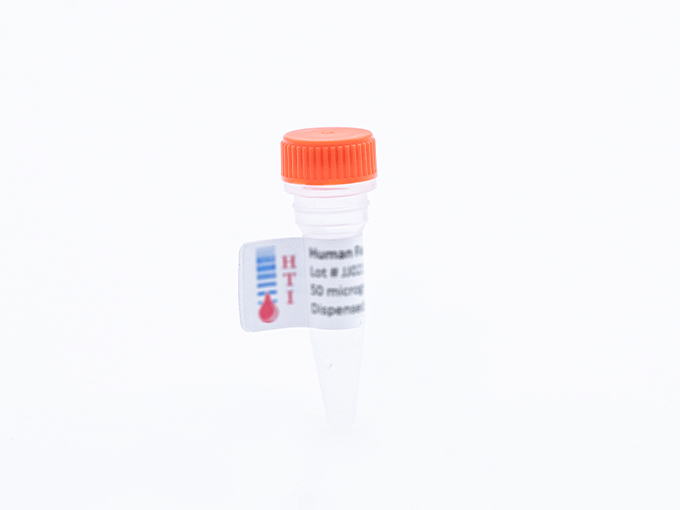Description
α2 –plasmin inhibitor (α2 -PI) is a single-chain glycoprotein and is one of the major serine proteinase inhibitors circulating in plasma. Physiologically, it is the predominant inhibitor of plasmin and it therefore plays a significant role in the specific inhibition of fibrinolysis. The role of α2 -PI in fibrinolysis is three fold: covalent inhibition of plasmin; interference with the binding of plasminogen to fibrin; and factor XIIIa catalyzed cross-linking of α2-PI to fibrin (1). Rapid inactivation of plasmin proteolytic activity occurs through a two-step process. The inhibitor first forms a reversible complex with plasmin which is sub-sequently followed by the formation of a covalent, enzymatically inactive, complex with the catalytic site in plasmin (2,3). α2-PI also functions by interfering with the binding of plasminogen to fibrin, effectively slowing the activation of plasminogen by fibrin-bound plasminogen activator (4). The interference in binding ultimately delays the initiation of fibrinolysis. Covalent cross-linking of α2-PI to the a-chains of fibrin which is mediated by factor XIIIa, protects crosslinked fibrin clots from plasmin degradation and thereby markedly stabilizes the fibrin clot against fibrinolysis (5). Failure to protect the fibrin clot from rapid dissolution before injured vessels can be restored results in a bleeding tendency described in patients with a deficiency in α2-PI or factor XIII (6,7).
SUPPLIER:
Prolytix
STATUS:
In Stock
SIZE:
100 µg
-


